16 New York Native Plants for Your Garden

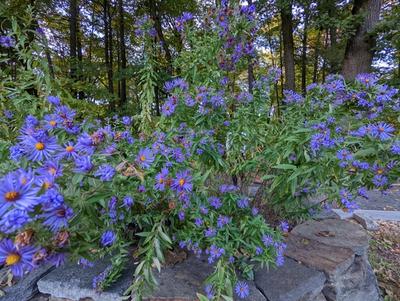
We've curated a list of 16 standout native plants perfect for enriching any garden in the Empire State, laying the groundwork for a lush, yet environmentally conscious outdoor space.

The state of New York boasts a diverse suite of native flora, each ingeniously adapted to the state's range of microclimates and ecosystems. We've curated a list of 16 standout native plants perfect for enriching any garden in the Empire State, laying the groundwork for a lush, yet environmentally conscious outdoor space. Whether you live upstate, in New York City, or out on Long Island, you could stand to benefit from incorporating even just a few of these indigenous species into your New York garden. But before we delve into those details, let's explore the compelling advantages that make choosing New York native plants for your garden a responsible and rewarding decision.
What are New York Native Plants?
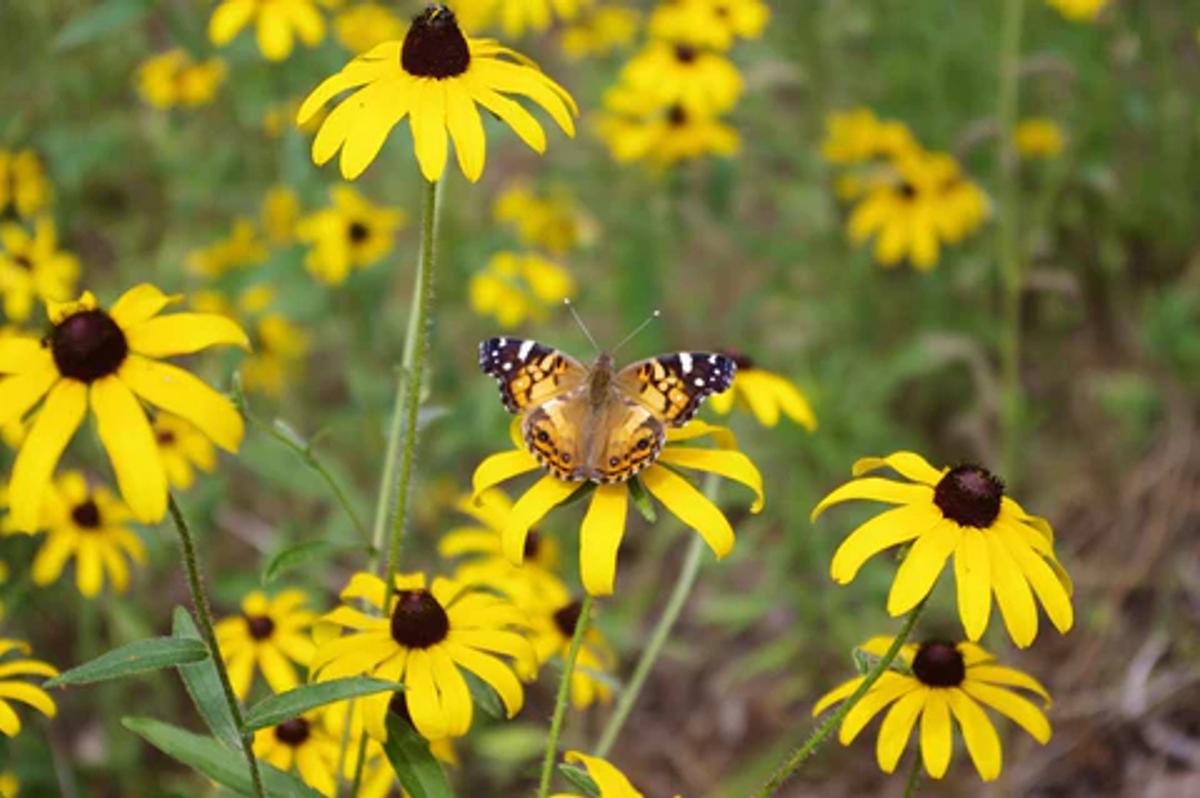
In New York, native plants are those that have long inhabited the large area we now recognize as the New York and across the greater northeastern United States. Unlike non-native plants, the New York native plants - like those highlighted by the New York Flora Association and at regional native plant sales - can trace their ancestry in these local ecosystems back to a time well before European settlers arrived. Over centuries, these indigenous plants have developed specialized adaptations to flourish in New York's unique local climate, with humid summers and cold winters, while providing indispensable habitats for local wildlife.
Not only do these native species underpin the health of New York's ecosystems, they are also exceptional choices for your own garden or landscaping projects. Native plants in the Empire State typically grow vigorously, are naturally drought-tolerant, have fewer demands for fertilizers, and are generally low-maintenance. Identifying the New York native plants well-suited to your particular area of the state can significantly enhance both the beauty and the ecological integrity of any outdoor space you curate.

Why are the Native Plants of New York Important?
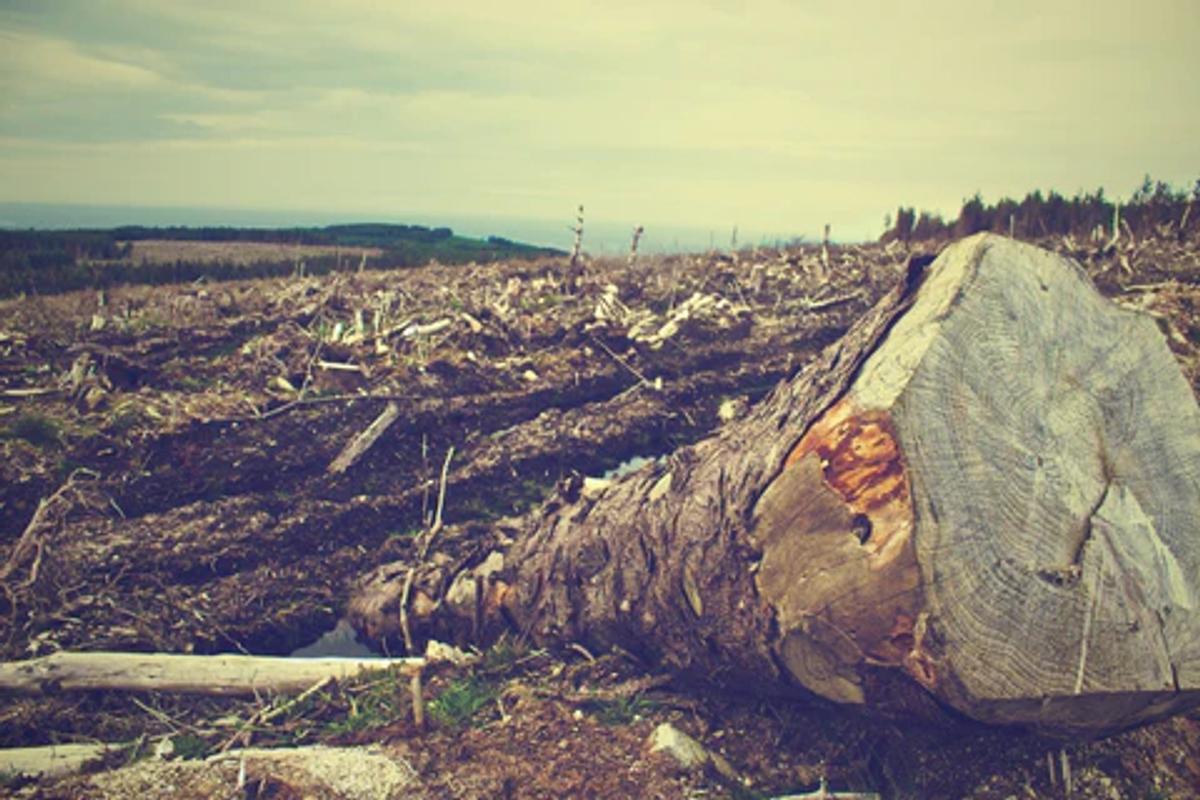
There has been an ongoing and incredible loss of animal life worldwide over the past 150 years. This is a tragedy that has affected almost every major group of wildlife, including the many bees, butterflies, birds, and other beneficial pollinators that allow our natural world to function. A leading driver of this crash is land mismanagement: as humans, we've spent far too long removing the native trees, shrubs, and herbaceous plants our local wildlife needs and replacing them with non-native plants which typically support fewer species than native plants and can devastate otherwise thriving ecosystems.
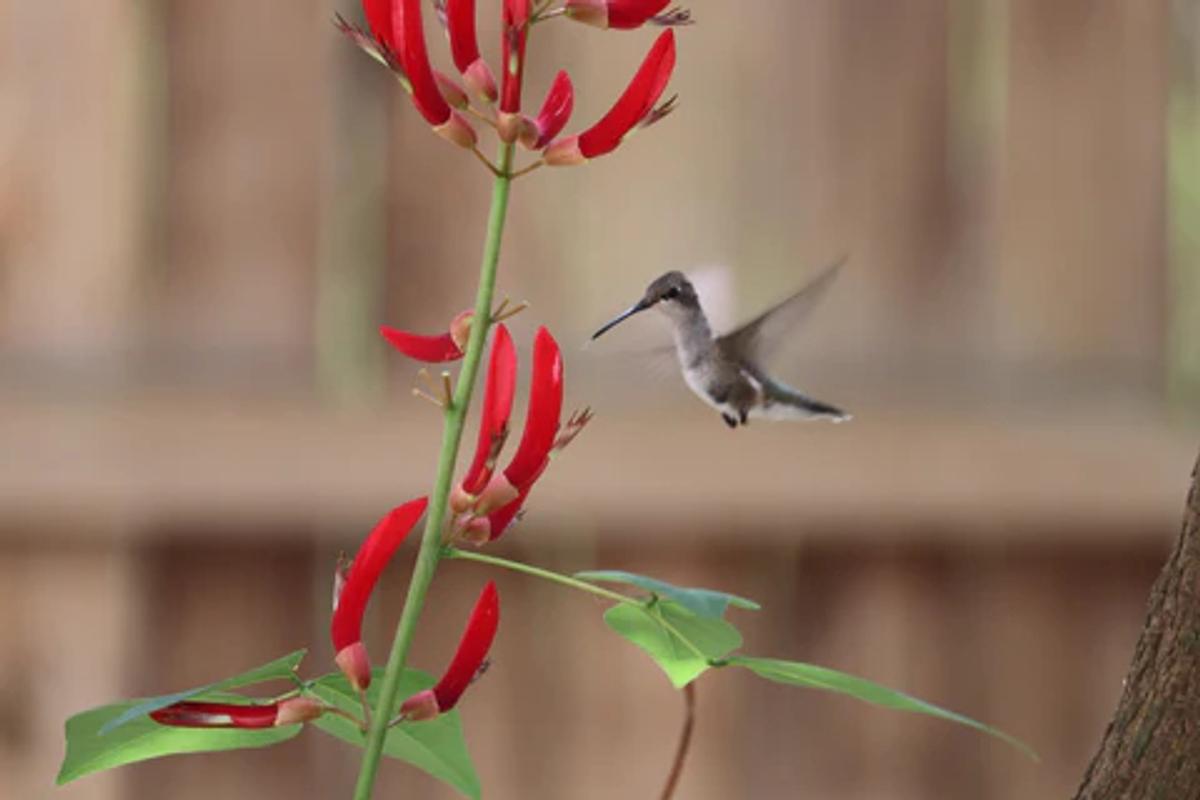
By contrast, growing native species allows each of us to directly repair and reverse this course. Not only are native plants especially well-adapted to provide food and shelter for native bees, beneficial insects, birds, and other wildlife; these plants also tend to cycle nutrients into the soil more efficiently, and retain more storm water, than any kind of turf grass. Further, unlike your typical ornamental plant, many species of native plants require little watering, few to no soil amendments, and are deer resistant once established. For all these reasons and more, you should feel confident in choosing the right native plants when planning your pollinator garden beds, shade gardens, or other landscaping efforts. By doing so, you will help to reduce atmospheric CO2, conserve water, and reestablish a healthy ecosystem and natural habitat for your part of the planet.
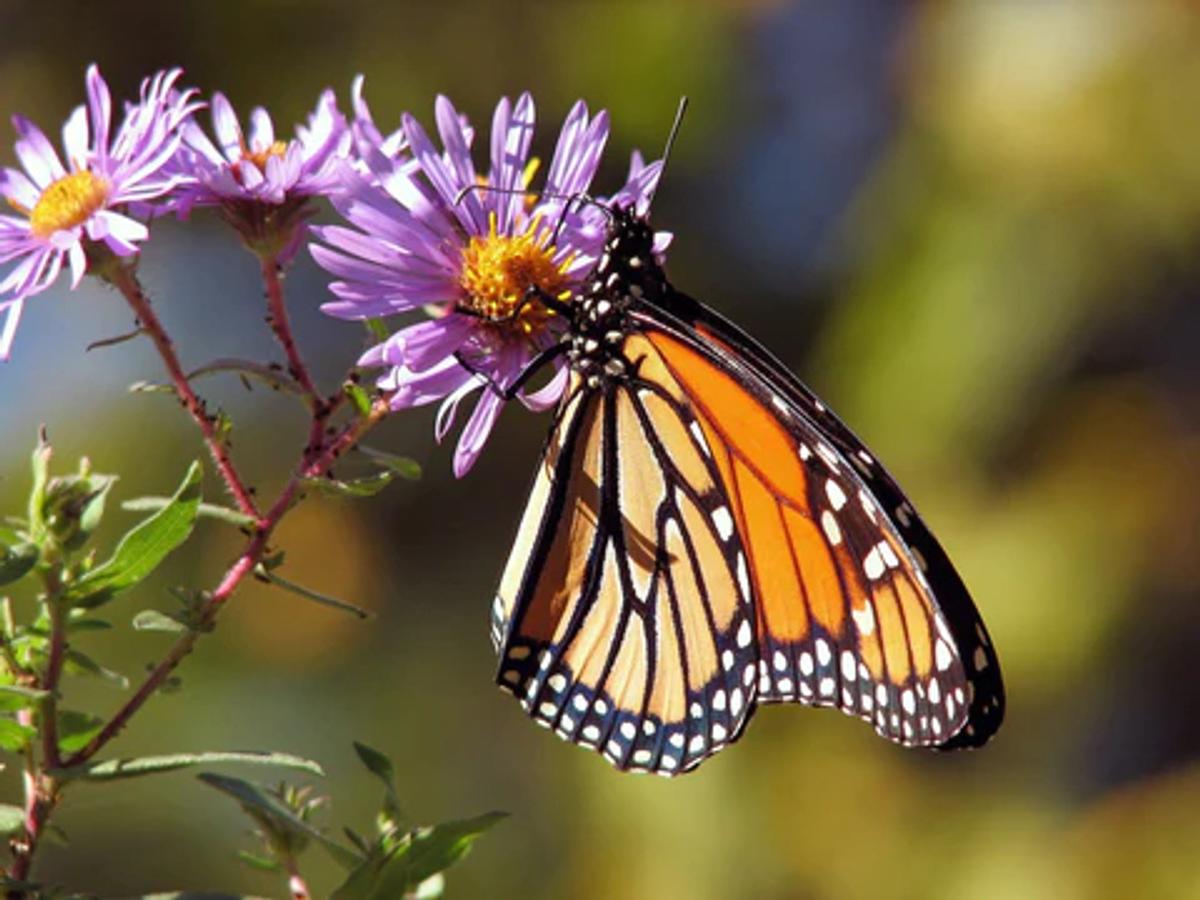
Top Picks for Your NY Native Plant Garden
Below, I share just a handful of the New York native plants that you could consider bringing home. I split this list into three major groups of sun exposure: Full Sun, Partial Sun, and Full Shade. All of these species are low maintenance plants that will support native wildlife and thrive in most New York gardens. Some of these species can also be found, along with a few of our other favorite New York native plants, in My Home Park's pre-designed gardens for New York.
Native Plants for Full Sun

Old Field Goldenrod, also known as Gray Goldenrod, brings a splash of sunshine to any garden. This perennial plant is famous for its late-summer, wand-like clusters of small yellow flowers that tower above its grayish-green foliage. Old Field Goldenrod can grow to heights of 1 to 3 feet, making it a good mid-height choice for your garden's design. Notoriously easy to care for, this native gem is drought-tolerant and thrives in full sun with well-drained, dry soils. You can practically set it and forget it! As a member of the Goldenrods, it also serves as a critical late-season nectar source for your local ecosystem.
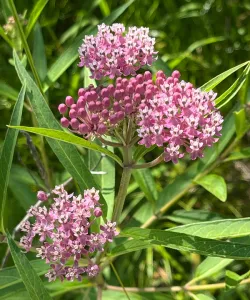
Swamp Milkweed is a vibrant perennial that's a must-have for any rain garden or wetter butterfly garden. Standing tall at 3 to 5 feet, this striking plant boasts clusters of pink or mauve flowers from midsummer to early autumn. Best suited for wet environments, Swamp Milkweed prefers full to partial sun and moist soils; though will also do well in wet soils. This plant is low-maintenance and generally resistant to pests and diseases.
Swamp Milkweed also plays a critical role as a host plant for the endangered Monarch Butterfly (Danaus plexippus), one of North America's most iconic insects. Monarch caterpillars feed exclusively on milkweed leaves, relying on the plant's natural toxins to become unpalatable to predators. Adult Monarchs then sip the nectar from the milkweed flowers, fueling their long migratory journeys. By including Swamp Milkweed in your garden, you're not only adding aesthetic value but also creating a haven for these fascinating, migratory butterflies, contributing to both their survival and the broader health of your local ecosystem.
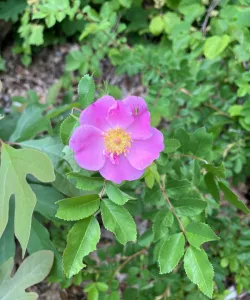
Virginia Rose brings a romantic touch to the wild or cultivated landscape. With its arching stems reaching up to 6 feet in height, this medium sized shrub dazzles from June to July with fragrant, pink flowers that produce vibrant red rose hips by autumn. Best suited for full to partial sun, this versatile plant tolerates a variety of soil types, from sandy to loamy, and can withstand dry to moist conditions. It's a robust grower that resists common rose diseases, making it a relatively low-fuss addition to your garden. Beyond its aesthetic allure, Virginia Rose serves as a wildlife magnet. Its flowers are frequented by a variety of pollinators, while its dense growth offers shelter for smaller creatures. Its abundant fruit set of vitamin-rich rose hips attracts birds and other wildlife as a much-appreciated food source during lean winter months.
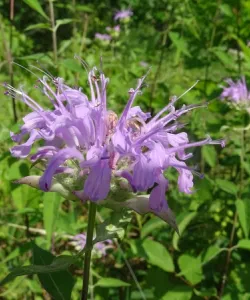
Native to New York and much of eastern North America, Wild Bergamot - also known as bee balm - embodies the spirit of a carefree summer meadow. Standing about 2 to 4 feet tall, its unique lavender or pinkish-purple tubular flowers, which resemble little fireworks, burst into bloom from mid-summer to early fall. Thriving in full sun to partial shade, Wild Bergamot is extremely forgiving, tolerating poor, dry soil and drought conditions. If you're a first-time gardener, you'll find it to be low-maintenance; it's relatively free from pests and diseases, although powdery mildew can sometimes be a concern. Its fragrant leaves and flowers are a magnet for a wide range of pollinators, making it an excellent choice for butterfly gardens.

Slender Mountain Mint is a hardworking yet often overlooked star of the native plant world. Sporting a mature height of 2 to 3 feet, this perennial herb produces narrow, dark green, lance-shaped leaves that release a potent minty aroma when crushed. From late spring to early fall, the plant produces dense clusters of tiny, white flowers that are so tightly packed they almost appear to be a single bloom. Ideally suited for full sun, Slender Mountain Mint is also quite adaptable, tolerating partial shade and a variety of soil types, from sandy to loamy and even clay. As with many other mints, Slender Mountain Mint will attract bees, butterflies and other pollinators. Its aromatic leaves will deter most browsing animals (like deer) and can also be used as a culinary herb.

Coral Honeysuckle, also called Trumpet Honeysuckle, is a charismatic climbing vine that brings both interesting visuals and ecological balance to your garden. With its striking tubular red or coral flowers, this vine is a hummingbird magnet, offering nectar from late spring to early fall. Thriving in full sun to partial shade, it's adaptable to various soil conditions but prefers well-drained soil. It typically reaches a height of up to 20 feet, making it ideal for trellises or fences. Easy to care for and relatively drought-tolerant, Coral Honeysuckle is a wonderful choice for gardeners seeking both beauty and low maintenance.
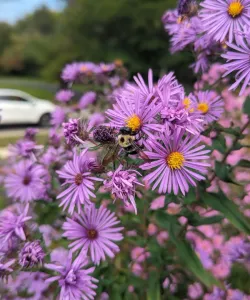
Dazzling your pollinator garden in the later season with vivid shades of purple, pink, or blue, New England Aster is an absolute showstopper. This perennial wildflower typically rises to a height of 3 to 6 feet, boasting copious daisy-like flowers that are a feast for pollinators. Butterflies, including the majestic Monarch, find it irresistible. Thriving in full sun and well-drained soil, this aster is a hardy plant that can tolerate some drought and poor soil conditions. Its late bloom season from late summer to early fall extends garden interest when many other perennials have passed their prime.
Native Plants for Partial Sun
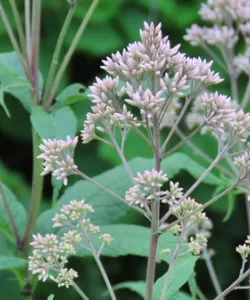
Joe Pye Weed is a towering beauty in the garden, capable of reaching heights between 4 and 7 feet. Its mauve-pink, tufted flower clusters stand out like floral clouds, particularly from mid-summer to early fall. Beyond its visual allure, this plant is a pollinator magnet, especially suited to attract butterflies. Thriving best in partial to full sun and well-drained, moist soil, Joe Pye Weed is particularly suited for slightly damper areas in your garden. Even with its affinity for moisture, the plant is surprisingly drought-tolerant once established. Further, its sturdy erect stems usually don't require staking, making it an easy-care option for both novice and experienced New York gardeners.

Great Blue Lobelia is a true gem for areas of your garden with moist or wet soil, presenting striking spikes of vivid blue flowers from late summer into fall. Growing to a manageable height of 2 to 3 feet, this perennial thrives in partial to full sun and well-drained, moist soil — making it an excellent choice for rain gardens, pond edges, or streambanks. Considered by some to be akin to a blue cardinal flower, Great Blue Lobelia's tubular flowers are a great source of nectar for hummingbirds, bees, butterflies, and many other pollinators. Care is quite straightforward: ensure it is in a routinely damp area and you'll be rewarded with a resilient plant that not only captivates the eye but also supports local ecosystems.
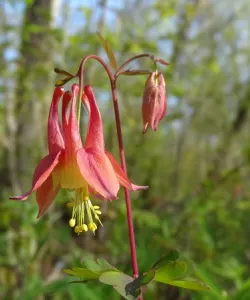
For those seeking a woodland charmer, Eastern Columbine deserves a spot in your garden. Sporting intricate red and yellow bell-shaped flowers, these plants grow in partly sunny to shady areas in late spring, reaching a height of 1 to 3 feet. It's a pollinator magnet, especially loved by hummingbirds, and is one of the earliest nectar sources for a variety of insects. Eastern Columbine generally prefers rich and well-drained soil and tolerates dry conditions, making it relatively low-maintenance and suitable even as an accent for a modest rock garden. To maintain its vigor, simply remove spent flowers to encourage a second blooming, and allow some seed heads to remain if you'd like it to self-sow for next year.
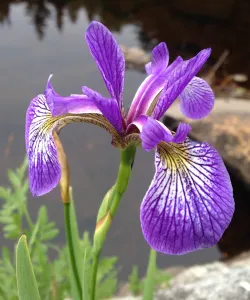
If you're looking to add a splash of color and elegance to your water's edge or boggy garden areas, Northern Blue Flag Iris is a great choice. This striking, clump-forming perennial blooms in late spring to early summer, featuring deep blue to purple flowers with bold yellow and white markings. Growing to a height of 2 to 3 feet, it loves wet feet and is perfect for a rain garden or any area with wet soil. While it thrives in full sun, it's adaptable enough to tolerate partial shade. But beauty isn't its only attribute; Northern Blue Flag Iris plays a critical ecological role by stabilizing soil with its extensive root system, thus reducing erosion in riparian zones. Additionally, its blossoms offer nectar to a variety of pollinators, making it a biodiversity booster in your garden.

Blue-Stemmed Goldenrod is a woodland beauty that turns heads without demanding too much attention. Reaching a moderate height of 1.5 to 2.5 feet, this perennial plant blooms from late summer into fall, offering clusters of tiny, bright yellow flowers along its arching stems, which are tinted blue to purple. Unlike many goldenrods that prefer full sun, Blue-Stemmed Goldenrod is a shade-loving species, thriving in partial sun to full shade, making it an ideal candidate for woodland gardens or areas under dappled sunlight. Its attractive foliage and late-season blossoms provide a nectar source for myriad pollinators when many other plants have finished their blooming period.
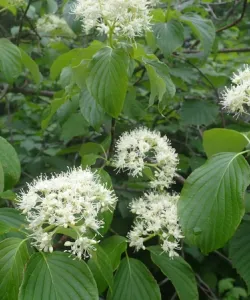
The Alternate-Leaved Dogwood brings a sense of structure and seasonal interest to any garden, growing up to 15-25 feet high and wide with a layered branching pattern. This deciduous shrub is an all-season showstopper: its delicate, fragrant white flowers greet spring and early summer, giving way to bluish-black fruit that's a hit with birds; and its foliage turns a resplendent reddish-purple come fall. Ideally suited for partial sun or light shade, it tolerates a variety of soil conditions but prefers moist, well-drained soil rich in organic matter alongside other shade trees and shrubs. The Alternate-Leaved Dogwood offers more than just aesthetic rewards: it's an ecological keystone species that will provide food and habitat for an especially wide range of wildlife. Plant it as a single specimen or as part of a woodland understory, and watch your garden come alive.
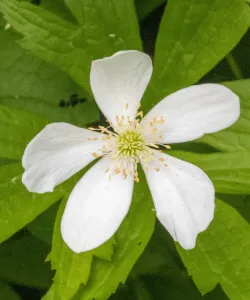
This perennial beauty is notable for its lush green foliage and radiant white, saucer-shaped flowers that appear in late spring and early summer. Grown best in partial to full sun, Meadow Anemone, also called Canada Anemone, thrives in moist, well-drained soils but can tolerate some drought. Reaching a modest height of 1 to 1.5 feet, it makes an excellent choice for ground cover or borders. Meadow Anemone is also an important nectar source for various pollinators, enriching your garden's biodiversity. Keep in mind that it can spread through rhizomes, so give it space to roam or plan for occasional thinning.
Native Plants for Shade
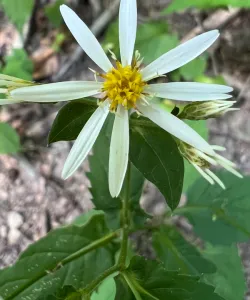
White Wood Aster is a resilient perennial that offers a splash of brightness in the woodland garden. Characterized by its petite, daisy-like flowers, this plant blooms from late summer into fall, providing a source of late-season nectar for pollinators. Ideally suited for partial to full shade, White Wood Aster is flexible about soil conditions but prefers a well-drained mix. Reaching heights of 1 to 3 feet, it's a good fit for woodland gardens, shaded borders, or naturalized areas. An added perk is its low maintenance: it's drought-tolerant once established and is generally free from major disease issues.
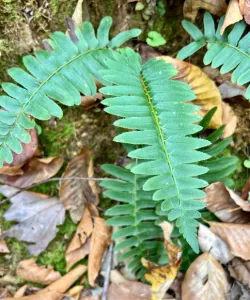
Christmas Fern is a charming addition to any New York shade garden. It thrives in full to partial shade and can tolerate a variety of soil conditions, including acidic soil, as long as the soil is well-drained. This evergreen fern stays lush and green even in winter, explaining its festive name. Reaching a modest height of about 1 to 2 feet, it's perfect for understory planting, erosion control, or as an accent in shaded flower beds. Not only is it aesthetically pleasing, but it's also a responsible ecological choice. By adding Christmas Fern to your garden, you're providing habitat for local fauna, including several species of moth and butterfly whose larvae feed on its foliage.
What You Can Do Today
If you live in New York, My Home Park has developed a collection of gardens that bring together native plant species produced by expert organic growers drawing on diversified east coast gene lines. Each of these gardens is designed to help you find native plants that will bloom from early spring to fall, beautifying your landscape while supporting wildlife. Get started at our native plants for New York collection page, or browse any of the other states we serve in the Mid-Atlantic, Great Lakes, and beyond to get started today!
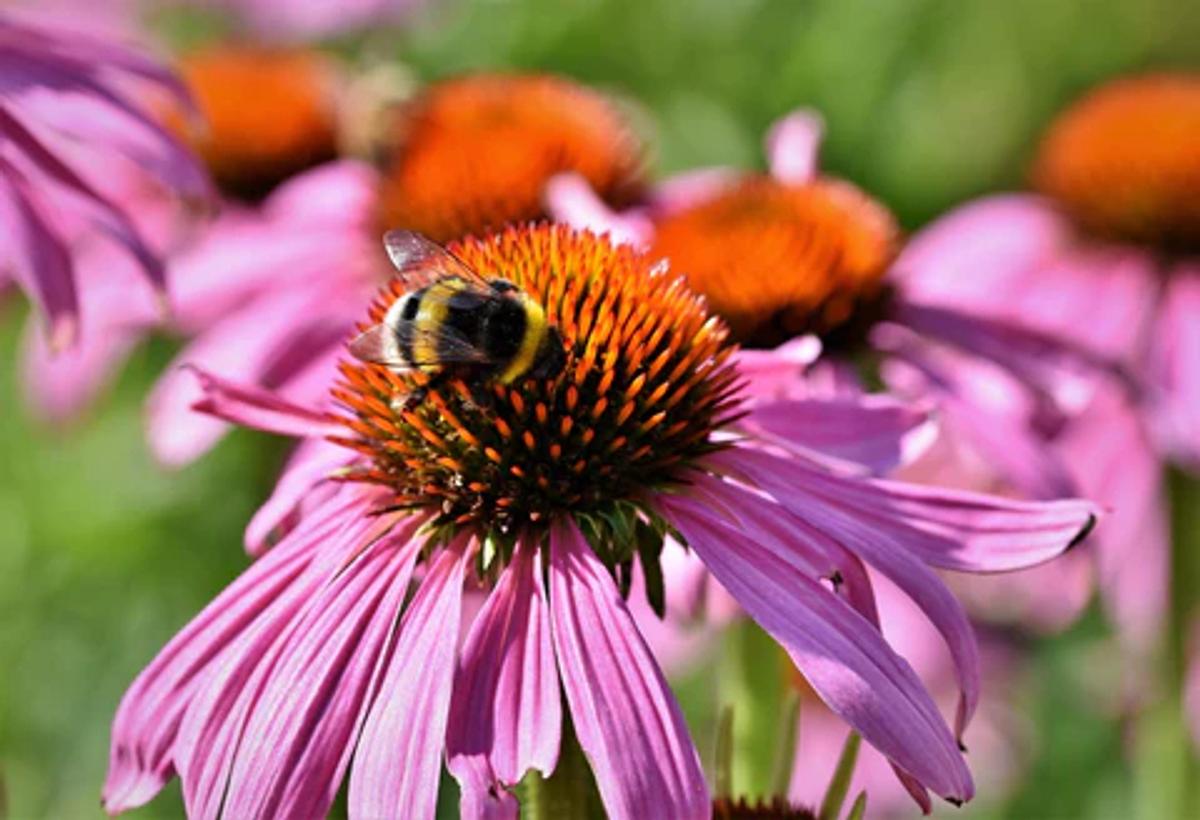

Share this article


